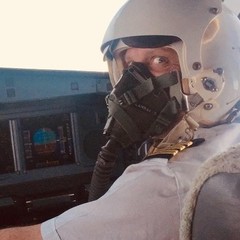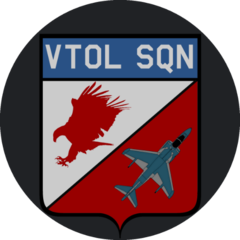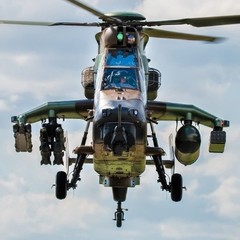Leaderboard
Popular Content
Showing content with the highest reputation on 05/16/24 in Posts
-
Good Morning Everyone. I'm almost finished with the Italian Comandante Class Frigate. It takes time to figure out what textures work best for the 3d models but I think I got that figured out now. It's been slow because of my health but I do what I can when I can. Comandante Class Frigate Foscari Class is 98% complete. Weapons work well. I will finish her this weekend and start work on the Italian FREMM Bergamini Class Frigate and I will also create a version for the Egyptian Navy as well they operate two of the FREMM Class Frigates. Progress photos of the Foscari are below along with Liveries. Stay Tuned.17 points
-
Here are my guiding principles on liveries for my assets: Avoid markings since I need the assets to be able to be used by several countries without having to redo all the textures Two liveries: camouflage and desert (if user countries doesn't use camouflage it will instead be green) You have to remember that every added bit of work becomes enormous with scaling. I have almost 200 assets to maintain, if I want to add a livery type to each, it'll take a long time since I have to make 200 new liveries. Some of my older assets doesn't follow this yet, but as I update each country pack I add the missing liveries.17 points
-
NOTE. As always, these videos provide a preview of an upcoming feature to assist you in understanding a new feature. Later, it is quite possible that the feature will change, and the feature functionality has changed. As much as I’d like to, I lack the time re-record these videos. FCR Introduction: • DCS: AH-64D | Fire Control Radar Introduction In this DCS: AH-64D video, we’ll discuss the LINK sight select that allows the TADS to be slaved to the Fire Control Radar’s Next-To-Shoot target, also called the FCR NTS target; or slave the FCR centerline to the TADS line-of-sight location. When linking the TADS to an FCR NTS, it is a valuable tool to visually identify the target and determine its state prior to an engagement, or perform Battle Damage Assessment, or BDA, after an engagement. This will cover the basics of using LINK. For more detailed accounting, please consult a future edition of the Early Access Guide which will be updated with explanations for using LINK. First, let’s use the FCR to scan ahead of us and create an NTS. If you have not viewed it earlier, please see the earlier instruction videos on using the FCR. Above is a card and I’ll list links in the video description. We’ll also bring up the TADS on the TEDAC. You’ll need to make sure neither the TADS nor FCR are set as your acquisition source and that the TADS is not being used as an active night vision (NVS) sensor by either crewmember. This is very important and may be a common point of failure when attempting to use the LINK function. With an NTS on the FCR display, all we must do is press down on the Sight Select switch, located on the Right TEDAC Handgrip. When linked, FCRL is displayed on the left side of the High Action Display or HAD. It will be preceded by a C if linked from the CPG seat or P if from the Pilot seat. Note that as I cycle the NTS through the shoot list in target priority order, the TADS automatically slaves to the new target. You can still change the TADS sensor between FLIR and DTV or select a different field-of-view; however, in this situation, TADS laser tracking, Image Auto-Track, and laser range finder designator are disabled. If you wish to manually slew the TADS while LINK is still enabled, press the Slave button. This will allow you to search and identify other targets in the vicinity of the FCR NTS target. However, it is important to remember that the FCR is still your selected sight for targeting and weapon employment, and the TADS is only being used as a sensor for target identification or BDA. To return the TADS to the current NTS target, press the Slave button again. If you wish to use the TADS for targeting, such as engaging the target with a laser-guided missile, you must select TADS as your sight using the Sight Select switch. Now that the TADS is the sight, as indicated on the left side of the High Action Display, you can now laser designate and engage targets first acquired using the FCR. Let’s now look at using this from the back seat. As before, let’s create an NTS from the FCR page. Next, from the other display, select Menu and then Video from the top, or you can simply press the VID button on the bottom right corner of the MPD itself. On the right side, select TADS underlay and select TADS again from the top to enable a full screen view. You can now see through the TADS with the ability to adjust the video aspect on the left side. We can now press down on the Sight Select switch to slave the TADS video to the NTS. Note that P for Pilot FCRL is indicated in the HAD. As mentioned before, the acquisition source cannot be TADS or FCR. As with the CPG, this allows the pilot to visually inspect a target acquired by the FCR, but keep in mind that the Pilot cannot change the TADS between FLIR or DTV or change the TADS field-of-view. Jumping back to the front seat, we can also first acquire a target using the TADS and then link the FCR scan to that target. To do so, we’ll first make the TADS our sight and slew it to a new target. Once satisfied and TADS still as our sight, we press down on the sight select switch to select LINK. The FCR centerline then slaves to that location and TADSL is displayed in the HAD. When the FCR is linked to the TADS, which is only possible in the CPG seat, you can perform FCR scan bursts or adjust the FCR scan size, but again it is important to remember that the TADS is still your selected sight for targeting and weapon employment, and the FCR is only being used as a sensor for target detection and classification. What really makes linking the FCR to the TADS so useful is the FCR’s ability to speed up the reconnaissance process, by highlighting any potential targets within the TADS field-of-view that may not be immediately seen, such as cold targets within the FLIR, or camouflaged targets within the DTV.11 points
-
Other two pictures to show the level of detail after the refactoring Inviato dal mio SM-F731B utilizzando Tapatalk9 points
-
8 points
-
6 points
-
Потому что "нельзя просто так взять и...". Интеграция нового штатного модуля в DCS не так однолинейна, как Вам кажется. Это требует достаточно серьёзной работы сразу в нескольких направлениях. Не то, чтобы было очень уж сложно (процедуры нами давно отработаны), но время занимает, причём как с нашей стороны, так и со стороны авторов модуля.6 points
-
Surviving FAM-1 in the Phantom. Congratulations on your purchase of the F-4E Phantom II. It is a sweet flying beast, with enormous depth and versatility. It’s easy to fly while being tactically challenging. The aircraft is versatile, and the era it dominated was interesting, a combination that produces hours upon hours of engaging fun. First, don’t be intimidated by the hulking beast. The surprising little secret is that it’s easy to fly. The Phantom is honest and uncomplicated procedurally, the engines are responsive and powerful, and the slats make it feel responsive, but also stable and precise. You point it where you want to go, push the throttles up and man, does it go! As you would expect, Heatblur has delved deep into accurate modeling of systems and aerodynamics, and the result is a nuanced, detailed simulation of the F-4E. You will discover small details as you explore the aircraft and systems, they’ve even simulated the influence of engine exhaust flow on the stabilator due to its anhedral. How cool is that? From broad testing experience and SME feedback, I recommend starting with a pitch curve of at least 10 for the F-4. The simulator is faithful to the real F4E, which is sensitive in pitch. Experiment and refine your axis tuning for your controller from there. I am currently using a non-FFB stick with a 4 inch extension and heavy spring tension, 12 works for me. Map your controls. You only need pitch, roll, rudders, brakes, gear, flaps, nose wheel steering, speed brakes, trim in all axis and drag chute for this hop. Keyboard and clicking will be fine for the rest. We won’t be killing MiGs just yet. This guide is meant to be a quick and dirty “FAM-1” guide to get you in the air and safely back to earth. We’ll also have some fun in between. I know you’re eager to give it a try, so skip startup and begin on the runway, ready to launch. Fly a clean jet today, or throw on a centerline drop tank for starters. The trim will already be set (understand that due to the way the bellows/trim system interacts, until airspeed increases, the stabilator will be positioned full leading edge down on the ground), engines running, check that the flaps are down, let’s go. Normal Takeoff and Climb. Apply full afterburner, position stick full aft when Jester calls 80 knots and hold it there. Nose-wheel steering until the rudder becomes effective ~70KIAS (the NWS button must be held during operation). If you drift and need nose-wheel steering to correct, then center the rudder pedals before re-engaging. With full aft stick, the aircraft will rotate on its own when it’s ready to fly, ease off back stick to hold it at 10-12º nose up pitch attitude. Our intrepid F-4 SME’s and and recommended this technique, it works beautifully. Gear and flaps up immediately to avoid overspeed. Both have limit speeds of 250 KIAS. Min flap retract is 180 KIAS, which is only a consideration during military power takeoffs. Jester will let you know when they’re up. Terminate burner at 300 KIAS. You’re in the air, easy peasy, nothing to it. Climb at 350 to intercept .9 Mach. Mil power climbs at 350 KIAS initially require just over 20º of pitch. In Max afterburner, it will climb into the mid twenties at .9 Mach at over 30º nose high. Beast mode. Setting 3000 pph per engine results in a cruise Mach between .84 at FL 250 and .90 at FL350. That’s a fuel burn of 100 pounds per minute. Fuel planning couldn’t be simpler. Mil power at FL350 tops out just below Mach, around .97 IMN. Ease the nose down and it will go supersonic without afterburner. There is a little Mach Tuck going through transonic. Overall, the pitch changes are mild, trim is sensitive. Be quick with your thumb. Operationally, the F-4E is a Mach 2 aircraft. In level flight, it’s fastest at 35,000, and can achieve the dash one charted speed of just over Mach 2. Unload in a dive, and if you sport an adequate moustache, you can hit 2.2 plus. You can have fun figuring out the profile for that for yourself. At sea level, a low drag configuration tops out at 1.12-1.15 IMN. Adding external stores will reduce max Mach proportionately. Maneuvering Flight ROLL AUG off for maneuvering. Always roll using coordinated rudder and aileron. The higher the AOA, feed in more rudder as ailerons are less effective. Rudder only rolls are smooth and predictable. Reducing AOA increases roll rate. Experiment at different AOA’s and speeds, it will come to you quickly. Best sustained turns with typical Air to Air load outs at medium combat altitudes (SL to 15,000) range from 520-480 KIAS. Even with light pitch forces, flying a consistent, sustained turn is relatively easy. Smooth corrections pay big dividends. Control bank angle primarily with your feet. I checked the sustained turn G capability today from SL to 15,000 MSL, and it’s on the money. Gross weight affects performance of course, but if you’re doing your part, you’ll be able to hold 7.0 G on the deck, and 5.1 G while turning level at 15,000 MSL. I’m quite impressed with how stable the Phantom is at high G loads. You can already sense that the F-4E needs and loves airspeed. Use a 500 KIAS entry speed for a mil power loop, 450 with burner. A 4-5G pull up to 19.2 units will result in 200-230 knots or so over the top. It takes a lot of intentional baffoonery at very low speeds to depart controlled flight, which commonly shows up as a nose slice opposite to the direction of aileron input. The recovery controls are neutralize ailerons and rudder, unload with stick well forward (5 degrees AOA is a good target), and pull the throttles back to idle power. If the engines compressor stall, no big deal, go to idle, they recover quickly. Continue to hold up to full forward stick and let the aircraft do what it wants to do during post stall gyrations. As nose falls below horizon, and speed increases to 200 knots, you are flying again, so it’s safe to carefully roll with rudder and aileron to wings level, then pull up in light buffet, approximately 17 units, don’t exceed 19.2 units in the pullout. Spin recovery controls are rudder opposite the yaw/turn needle and lateral stick into (the primary recovery control is aileron), but perhaps the biggest shock having heard all of the lore, it is difficult to get the slatted F-4E to spin, even intentionally. That said, if the aircraft doesn’t recover, pull the drag chute. The aircraft will pitch nose down and accelerate. Either jettison the chute or let it fail when airspeed exceeds ~250knots. If you see a nose slice, it’s probably the ailerons causing it. Center the stick, reduce the angle of attack. The AJB-7 attitude indicator is so well designed that it can be used to fly precise aerobatic maneuvers, including rolling out on a specific heading, without looking outside the cockpit. The indicator is surrounded by the primary flight instruments, so in addition to the heading marks on the AJB-7 itself, you can see airspeed, AOA, altitude and the VSI in your peripheral vision, without shifting your scan. It’s all right there. Try this. Referencing the attitude indicator, pull up wings level and peg the nose exactly in the middle of the black dot that depicts 90º up, then pull the throttles to idle and do a lovely tail slide. If you get it right, the aircraft will back down, and full aft stick will make it flop forward, full forward stick will make it flop on to its back. Hold controls neutral, and it will pendulum past vertical at the bottom, where inertial dominates aerodynamics, just as a real fighter does. The AJB-7 clearly indicates where the closest horizon is to roll and pull out with minimal altitude loss. You can use it to pull out of a hairy maneuver on a specific heading, bugging out directly at home plate, where you can change out your underwear. Landing Max landing weight is 46,000 pounds. We aren’t too concerned with limitations for our hop today, but you don’t want to get into bad habits either. That’s about 12,000lbs of fuel for our configuration today, shouldn’t be a problem. At max landing weight, a stable on-speed landing AOA of 19.2 works out to 168 KIAS. If we were down to 3000 lbs of fuel using today’s configuration, on-speed would be 151 KIAS. Overhead breaks at 350-400 KIAS work well. 4000 pph will result in 400 KIAS on the run in. In this speed range, idle power in the break is fine, speed brakes are not necessary. If you do use the boards during a faster break entry, they should be manually retracted on downwind. If you are struggling to hold altitude when dirty, then you forgot to retract the speed brakes. Seat full up for landing. It’s difficult to see over the nose, so you may need to use RCTL+RSHFT+8 to raise cockpit camera. Extend gear and flaps at 250 KIAS, get the power back up as the aircraft decelerates towards 180 knots. That’s minimum speed on downwind, but slow to the “on-speed” AOA of 19.2 units (the big white square) before or during the first part of the final turn. Jester will talk you through the simple Landing Checklist. For reference, when level downwind, pitch will be 10-11º, and ballpark fuel flow with be ~4000 pph per engine. The aural tone and indexers give plenty of feedback. Gear and flap extension both cause a very mild pitch down. Flaps extend when decelerating through around 210 KIAS. Flaps will retract in the air if over-sped. Like most fighters, you’ll need to add power around the approach turn to control rate of descent. It doesn’t take much. Perform all rolling in the pattern with coordinated rudder and aileron. Trim and pitch are sensitive in the landing configuration, faithful to the aircraft, so smooth inputs are required. Fly with your fingertips. Due to the -5.25 degree thrust line of the J79 engines, adding power causes the nose to pitch down, reducing it causes a pitch up. It’s exactly opposite of the F-14. When you push with your left hand, you will need a slight pull with your right and vice versa. It’s also a happy little airplane during approach, with the AOA tone beeping and chirping. In fact, it’s quite easy to get on the runway in one piece. All of that cheerful noise should be a clue that the Phantom is flown while referencing AOA in the landing pattern. If you are struggling, try flying a little fast, with the AOA needle at the bottom of the white, “on-speed” index mark, around 17-18 units. We aren’t landing on the ship, so a little fast is fine as you get familiar, you have plenty of runway to work with. Use the “bug on the windshield” for glide path reference. Just like landing a Cessna. If you are addicted, you’ll quickly wean yourself off of HUDs. If you get behind the power curve, above 19.2 units or more, understand that excessive AOA causes enormous drag that if unchecked, will dramatically increase descent rate. To recover, forward stick to reduce AOA immediately is critical, while adding lots of power. You need both, don’t try to power out, reduce AOA with pitch. Danger of stall buffet and nose slice lurks above 25 units. In the flare, you may need to look to the left or right through the windshield side panel to see the runway, like Lindbergh did flying the Spirit of St Louis. It’s where you look when landing tail draggers or even fat nosed single engined Cessnas. Some instructors call it “The Lindbergh Reference”. I find that carrying power into the flare makes for a smoother landing. Arrest the rate of descent before you ease the power and let it settle. If you are fast, then pulling more power in the flare is fine. When you try a carrier landing, and we all know that you will, keep in mind that you will need a significantly wider abeam distance. The F-4E lacks the BLC flaps of the Navy versions, so you’ll be flying a much faster approach turn with a wider turn radius. The LSO’s will be nervously eyeing the net. Good luck. Single engine approaches are simple. Only real change is you a little faster, at 17 units, the yaw due to asymmetric thrust is easily controlled with rudder, even in burner. Fly a straight in approach using gentle bank angles and you’ll be fine. It helps to get rid of most of your fuel before landing with an engine that is “uninterested in further toil”. The F-4E also has a nifty flight director on it’s remarkable AJB-7 attitude indicator that makes ILS approaches a piece of cake. ILS freq is set on the pilot’s left console. The controls for what drives the needles are on the lower right side of the instrument panel. Give it a whirl, flight directors are amazing. After touchdown, lower the nose, pop the chute, hold the stick aft, and enjoy Jester’s compliments on your landing as you roll out. I bet that you land it on the first try. When clear of the runway, there is nothing like opening the canopies and enjoying the sound of two J-79’s while enjoying some fresh Phantom Air. Soak up the satisfaction of a flight well-flown as you taxi back to the ramp. You just experienced what it is like to fly an iconic fighter that continues to menace the skies even today. Damn, that was fun. Maybe that's why Jester loves to say, “We have the best job in the world.”5 points
-
FM at 98 % ! The downwash and transition was sent to the MEDUSA system today. The physical formulas work together and calculate all necessary situations. The downwash/ground effect is calculated from all 10 sectors per rotor blades. As the air cushion moves at increasing speed, it reacts to external influences such as OAT, air density, wind and attachments to the helicopter. Subtleties such as the pointer deviations when the tanks slosh during control inputs, or turbulence on the pickup such as the clib/dive indicator are implemented as an extra feature. Next, the BO-105 will be released to the SMEs and BO-105 pilots for testing. Pilot/CO-pilot is already in the cockpit. The screenshot shows the status without normal/roughness maps: btw: Ignore the rubber pen4 points
-
Hi, unfortunately I just discovered that I broke the F-8 pylons with some experimental stuff, that was not meant to be released. We hope to push out a fix before the weekend. Cheers, TeTeT4 points
-
Hi Dannyvandelft, More than 50% of our team work on the core of DCS, the fact is it does take a lot of time, but we are always moving forward. I've been playing DCS for well over a decade and have seen many changes already. It may seem slow progress for some, but we can only work as fast as our resources allow. Many of the core tasks are huge projects and we will share progress closer to completion of those tasks, so look out for future newsletters. Regarding the payment model, we have to sell modules, and terrains to keep DCS growing and to be able to pay our teams, they work very hard on very complex projects. Again it takes time, we are a relativity small company but have a very dedicated team. It has been discussed many times about subscriptions, it is not something we plan to do. Our current payment model works best for us and DCS to keep it progressing. best regards bignewy4 points
-
Welcome to the latest update for Vietnam War Vessels, version 0.5.0. We're excited to unveil the latest addition from Hawkeye60's workshop: the H-2 Seasprite, now revamped and enhanced with fresh liveries courtesy of seabat. In this update, the CVA-31 Bon Homme Richard proudly displays a weathered flight deck, a realism touch inspired by Tobsen's insights into Blender texturing. We've also addressed issues with catapult smoke on Cat 1 and revamped the deck layout for 36 planes, courtesy of Beldin. Experimentation is underway with an animated meatball, though its functionality is still in development. The Crusader receives an updated collision shell, and we've corrected the main menu icon color. While launchbar support has been implemented, it's not compatible with the SFM of the plane. Our future plans include developing a customized EFM, though this may take several months. We're thrilled to showcase a new livery for the USS Maddox, the DD-692 USS Allen M. Sumner, supplied by Beldin, which brings our mod's journey full circle, originating from a WWII Sumner destroyer model. Additionally, we've updated the README to address some known issues within the mod. We now offer also a separate livery pack from the base mod. You can either download the complete zip (748 MB), or the base zip (533MB) and optionally the liveries pack (214MB). https://github.com/tspindler-cms/tetet-vwv/releases4 points
-
More spawn points and weapons update for the USS Forrestal. I'm sure this breaks IC so it's not for all. 20 spawn points and updated Sea Sparrow SAMs I only tested this with F-14A and the VSN F-4B. Other aircraft and mixing type may cause taxi issues. This goes in the main DCS install folder so be sure to back up your files. If you only want the new spawn points just replace the "runway" lua. If you want to try the new Sea Sparrow use all the files This update also includes updated/fixed spots for HMS Invincible First post is updated with the new files4 points
-
Man, you guys are so annoying. LET JESTER BE JESTER. after all, the F-14 will receive the same Jester 2.0 as the Phantom.3 points
-
MULLET, RED TAIL ANGLE and HELLCAT https://www.digitalcombatsimulator.com/en/files/3337452/ https://www.digitalcombatsimulator.com/en/files/3337453/ https://www.digitalcombatsimulator.com/en/files/3337426/3 points
-
3 points
-
We need some kind of „thumbs down“ reaction possibility. That would save so many harsh comments - simply downvote such „glorious“ ideas. Worked pretty darn well in the early days of youtube.3 points
-
It'd be extremely difficult to sell a monthly fee to people like me who have already purchased several things. It offers us no value whatsoever. Sure, there's the altruism of making DCS the best it could be, but realistically? $15 a month isn't going to do that. At that point, it just become a charity for employed developers. I'm not so altruistic, I think. Sometimes, throwing money at a problem isn't enough.3 points
-
Количество новых видеодразнилок в день в по Фантому зашкаливает)) Из не показанного ранее (а может, просто проглядел): надо одевать шлем при холодном старте, звуковая сигнализация «вне расчетной скорости» AOA aural tone system и анимация тормозного парашюта.3 points
-
3 points
-
3 points
-
3 points
-
Indiafoxtecho: With apologies for our DCS customers, here are finally some news on our projects on this platform. DCS: MB-339: The upcoming DCS: MB-339 update will include the long-awaited flight director, which will assist the pilot during instrument flight. Unlike the flight director implemented in the MSFS version, which relies on the use of proportional coefficients and provide approximate indications, the DCS version will deliver a more accurate experience as it is based on a PID (Proportional, Integral, Derivative) control system. The flight director is undergoing fine-tuning of the PID coefficients and testing and will be madereleased as soon as the testing is complete. DCS: G.91: Given that the latest modules released on DCS have raised the bar in terms of both graphical quality, fidelity and available features, in the past few weeks we conducted a thorough analysis of this project and reassessed its current quality goals. We found that it was not on par with the new targets, and therefore we have decided to vastly rework the project. We have reviewed once again alll our source material, including all the photographic surveys taken in various museums and we believe we have vastly improved the 3D models, adding and improving several small details. We have also decided to rework all the the textures, in order to achieve a more realistic and lived-in appearance.3 points
-
Tested on PG map and Marianas with both Hornet and Tomcat. Confirmed lights on shore bases illuminate cockpit (last picture). For some reason the carrier floods no longer illuminate the cockpit, and it's a massive black crate; even the external part of the rendered cockpit. Thought I saved a track but didn't. Attaching a Marianas mission I used to test as well. CVN-light-test-Marianas.miz2 points
-
The thing is, I have the advantage of looking at radar and aircraft all day. I can see what real aircraft look like at different ranges and sky conditions. It appears the dots appear at about 20 miles in VR. Even the C-5 would be difficult to see @ 20 miles. Anything smaller would never be visible that far away. However, it occurs to me that another part of the problem is that the contrast of the dot is too much. It needs to blend into the background much more. It should be difficult to see. As it is now, the dot functions better than short-range radar...2 points
-
Hi, I have now patched the affected crusader.lua and it should work again. For now you need to manually patch the file: https://github.com/tspindler-cms/tetet-vwv/releases/download/VWV_0.5.0/crusader.lua We'll create a new zip and release tomorrow. Cheers, TeTeT2 points
-
The IRIAF/IIAF skins will come officially anyways with the module in the future, he has not left. He's provided our IIAF/IRIAF skins in the Phantom and once art is ready for the Tomcat he will no doubt be moving his work over, or creating fresh ones for it.2 points
-
2 points
-
This has all been discussed to death with not much new to add. But again the idea of having artificial dots is a fail. For the following reasons: - It’s not realistic to easily see distant aircraft. - Dots cannot portray target aspect so a nose-on MiG-21 looks the same as a top view F-14. - The system is exploitable by players online. - The Spotting Dots largely duplicate the Dot Labels which are already a feature. I get it that ED can’t solve this because they’re up against other video games which enhance the distant aircraft in order to make the game “fun” as opposed to realistic. But the very least that could be done here is to add a true Off option that’s mission/server enforced. The current Off setting doesn’t turn these off it just switches between v 2.8 to 2.9 making the setting more exploitable.2 points
-
2 points
-
Any news on the F1M? ….maybe a few teaser screenshots? F1 still my favourite module2 points
-
Тут - ...и тут - https://stormbirds.blog/2024/05/14/dcs-news-round-up-f-4-more-f-4-tornado-and-indiafoxtecho-update/2 points
-
Linking a phenomenal interview, true goldmine of information, regarding a myriad of subjects with a test pilot and aerospace engineer:2 points
-
Is it possible that your wheel brakes are backwards? I usually have to invert my brakes on several modules.2 points
-
Would it be a big ask to have it in camouflage, green and desert paint?2 points
-
2 points
-
Ladies and Gentlemen, The time has come for me to say goodbye and to step down from being a Harrier Community Manager for Razbam Simulations. I believe that most of you have noticed that I've been less and less active on Discord and on the forums these last months. Indeed, since last September I have been getting into a new job that has given me far less free time to dedicate to my volunteer work for the DCS Harrier community and RB. Leaving had been on the back of my mind for quite a while but as the dispute rose up I decided to stay and help with what I can. It has helped me further confirm my decision, I can't keep going on without it affecting my personal timeline. Now that the dust has settled a bit, I must go. I want to sincerely thank all the awesome dudes here at Razbam for giving me the opportunity to be a part of the DCS adventure, I have learnt more than I could ever imagine. It was a blast. I also want to thank each and every one of you lads, for the memes, the deeply interesting discussions, the tomfooleries, the 3am retro-engineering of way too complex systems, for sharing your love of military aviation, and of course for your never ending thirst for an accurately simulated Harrier module. Wishing you all the best. Godspeed, Samurais Cheers, A.J.2 points
-
Russian forum: S-300PS (Sa-10B) on ToDo. S-300V on the Wishlist2 points
-
Official skins set for DCS F-4E: (+ more, notice also - some are WiP).2 points
-
2 points
-
2 points
-
Just because you make weird assumptions about ED's alleged business model, I shall pay a subscription? No, thanks.2 points
-
2 points
-
It's reasonable to ask for a small update once in a while. All developers has their own style of communication. Some show small progress every week, others are silent for months before a big reveal. We're just curious and interested that's all I have not seen anyone here complain about pace, no pressure attached.2 points
-
Recently Browsing 0 members
- No registered users viewing this page.

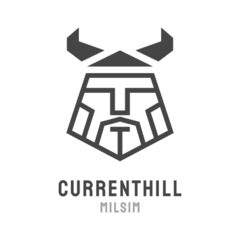
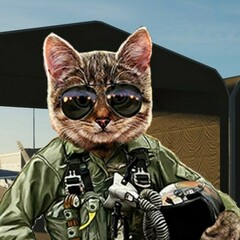
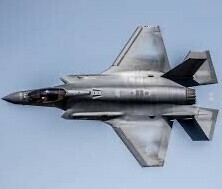
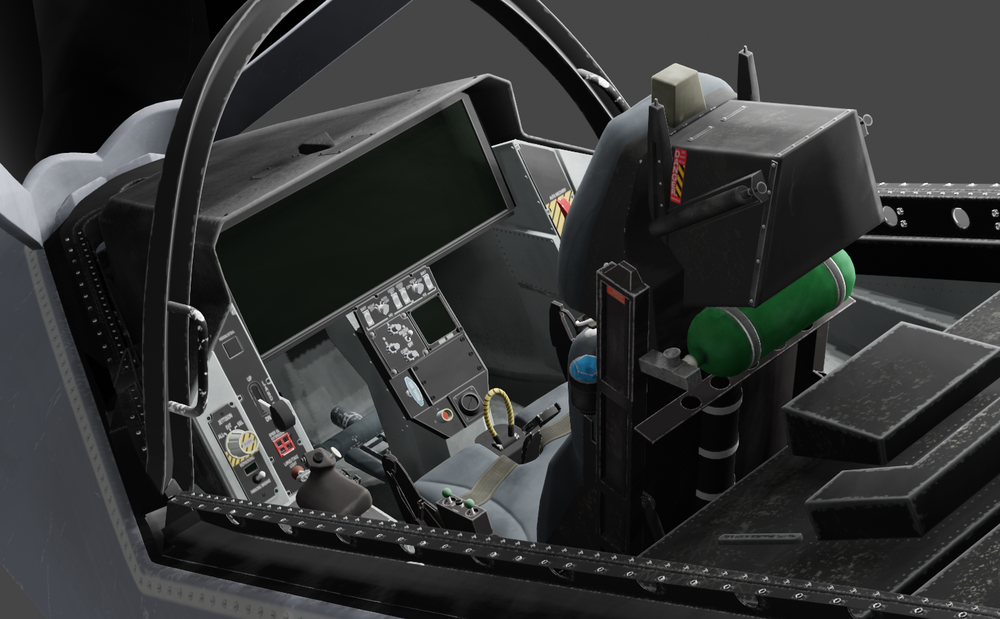
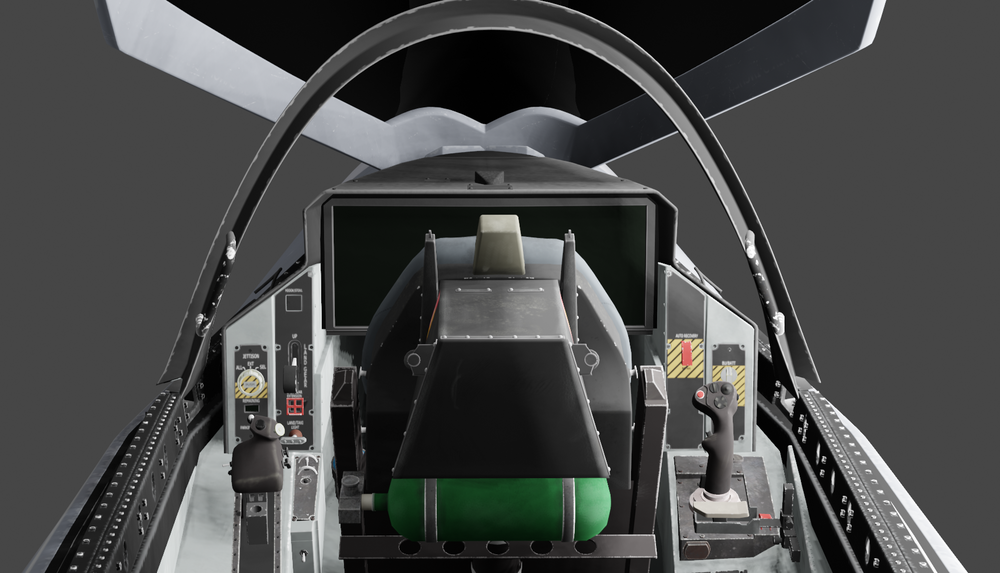


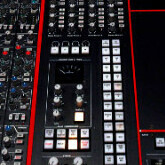
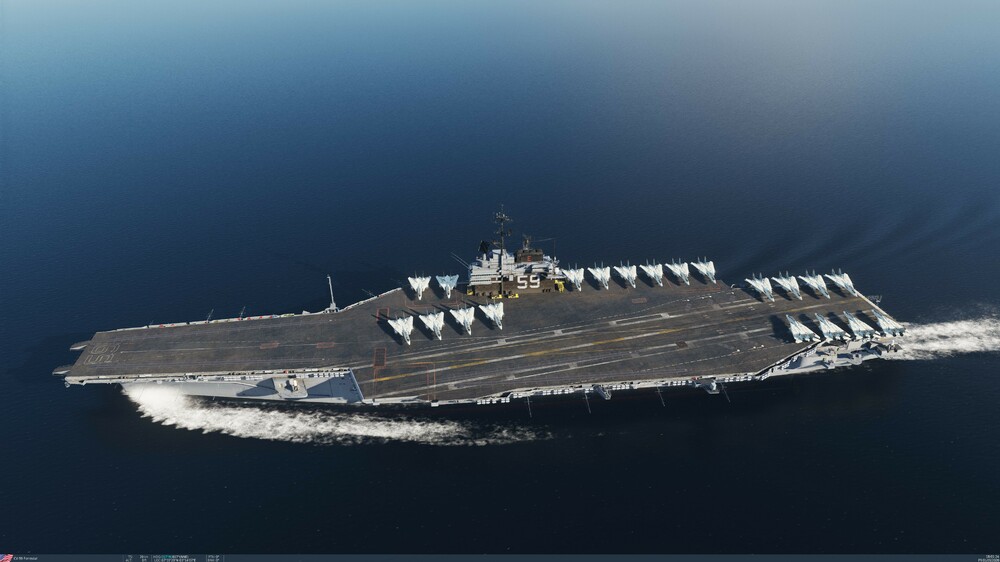



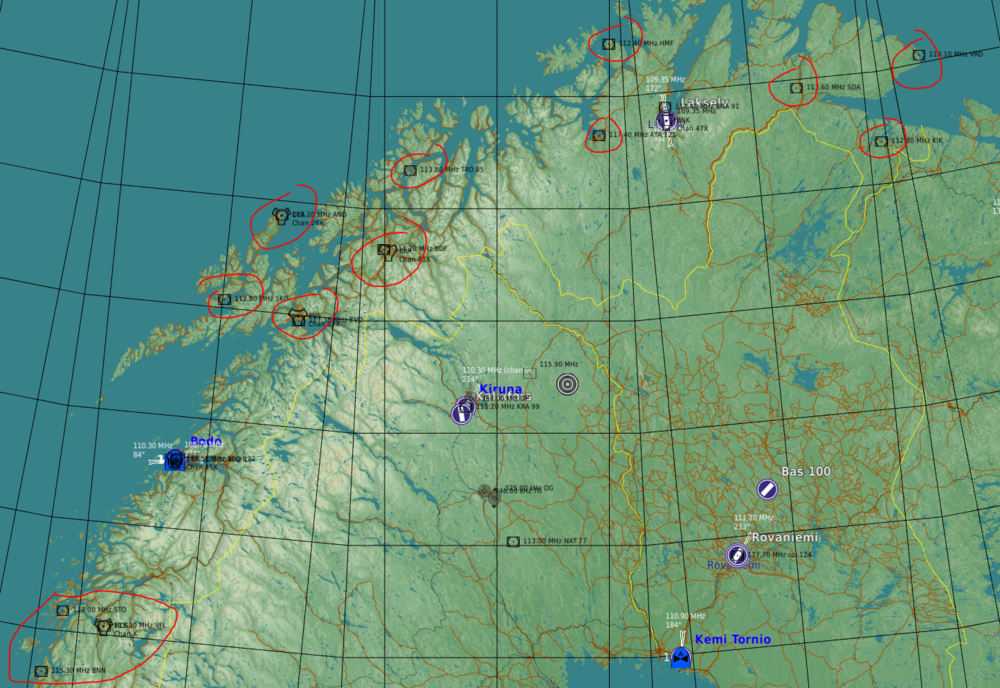



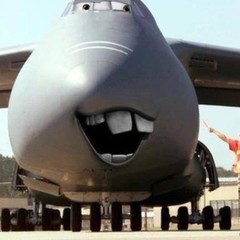

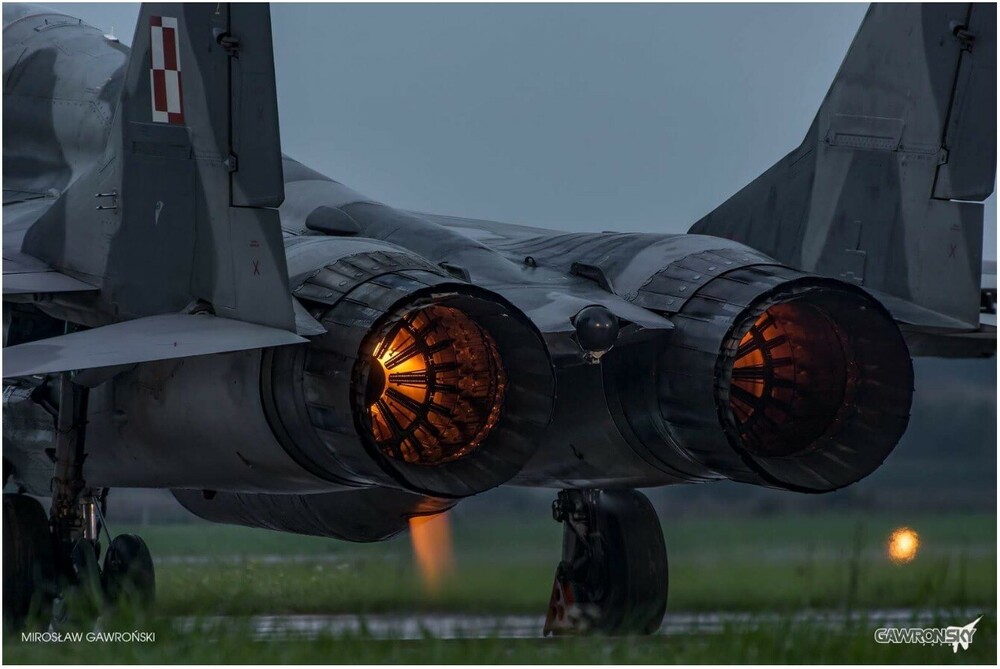
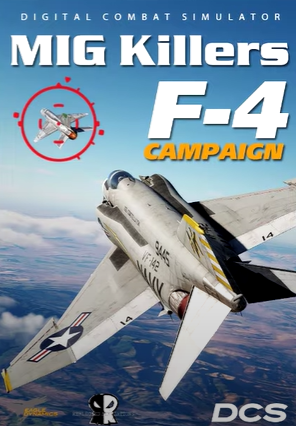
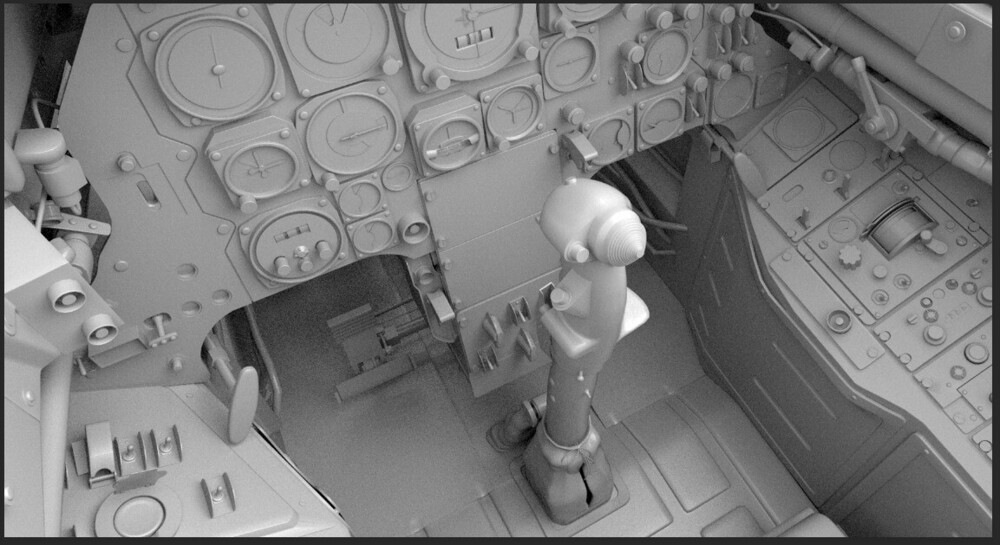


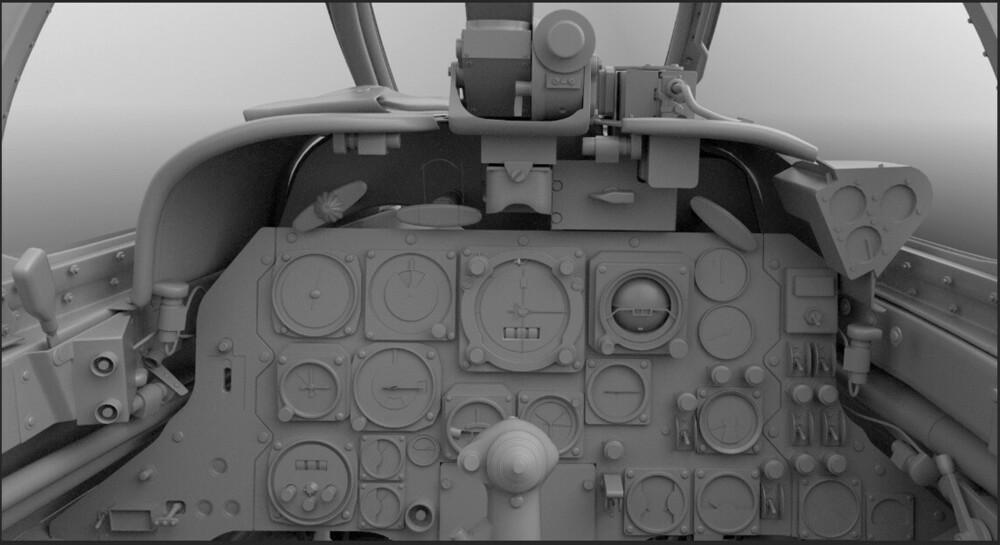
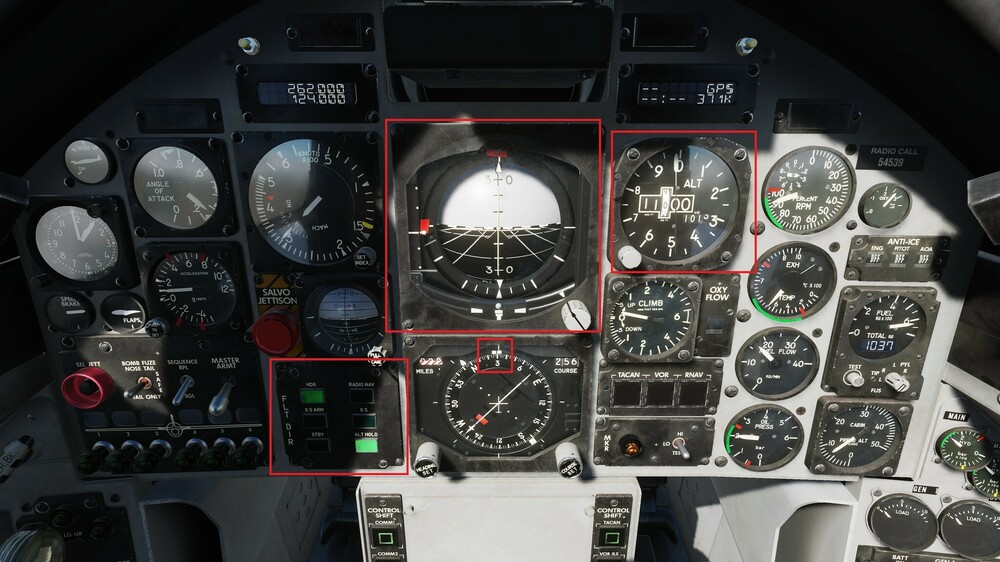
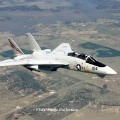
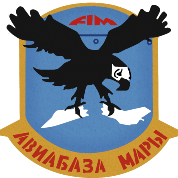
.thumb.jpg.1dd09581be320338b0569d40493435b6.jpg)
